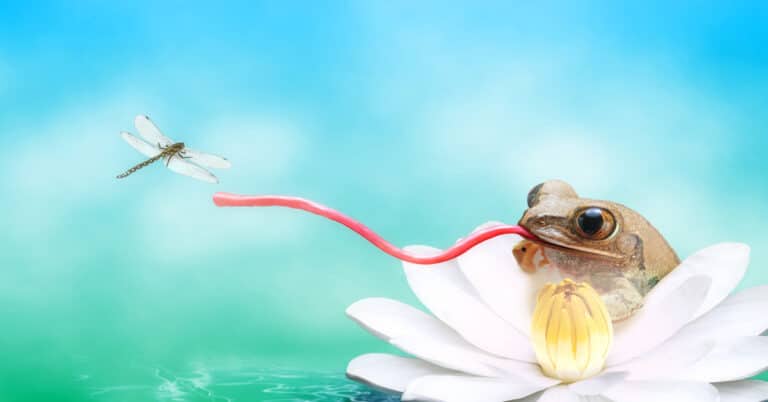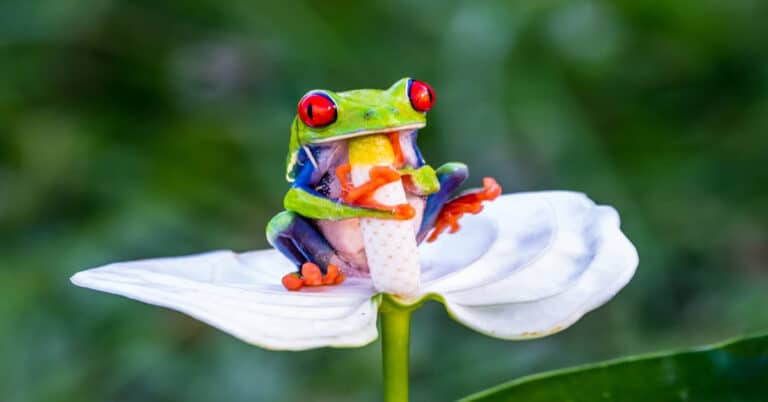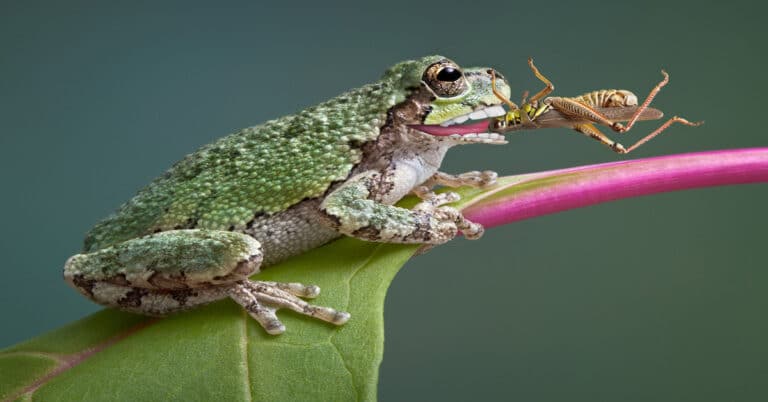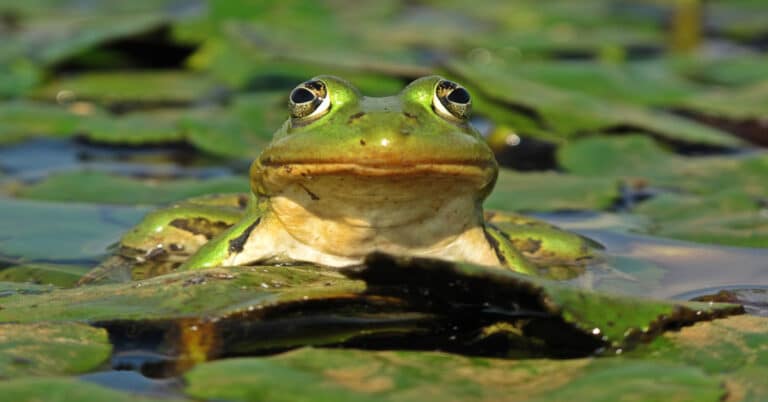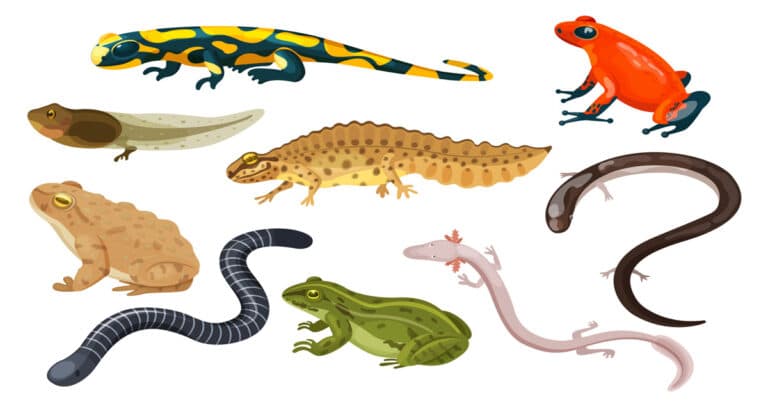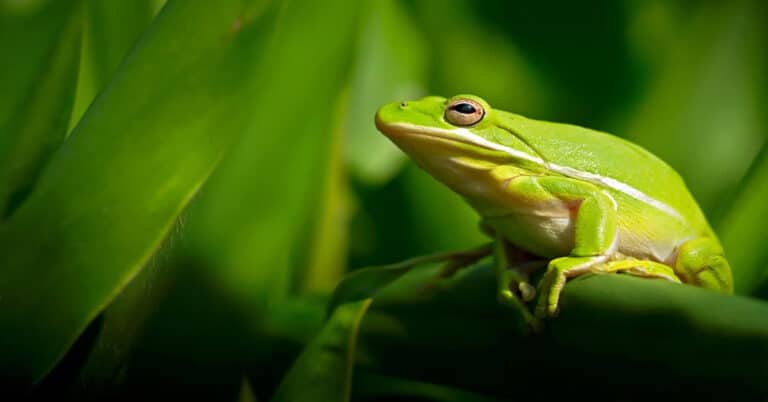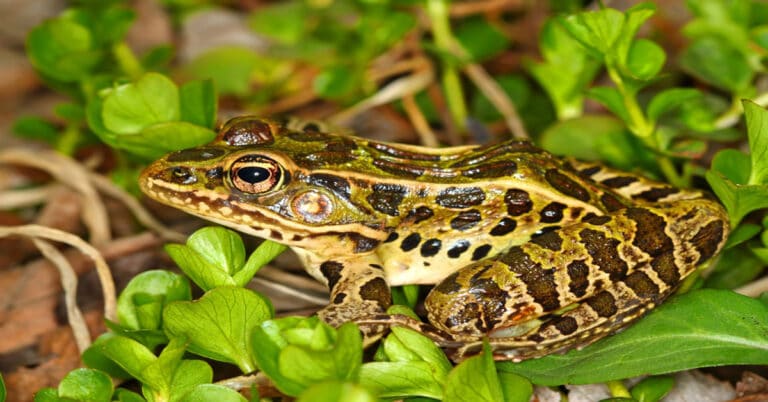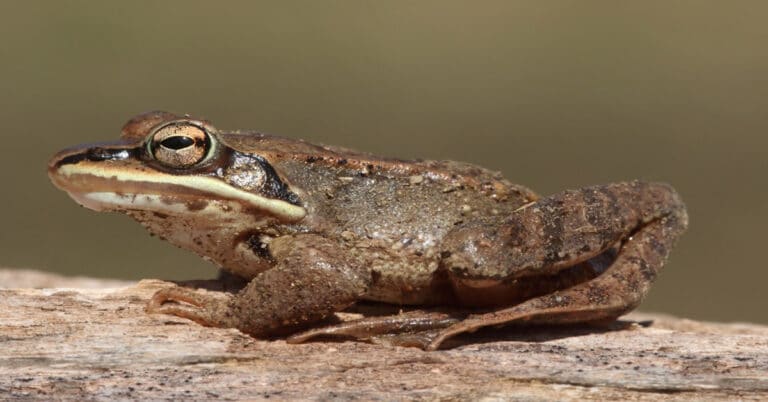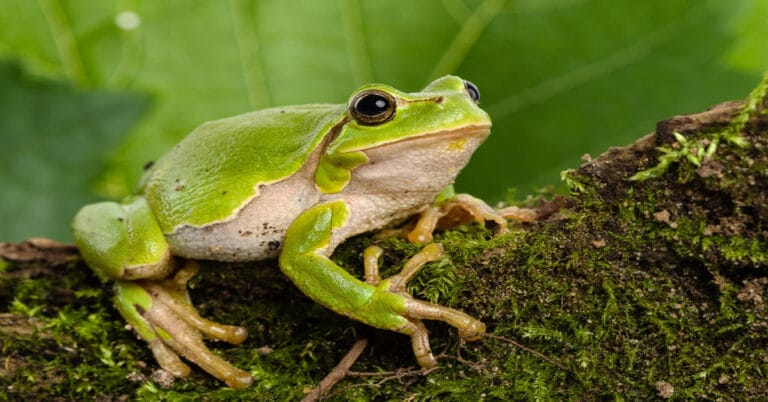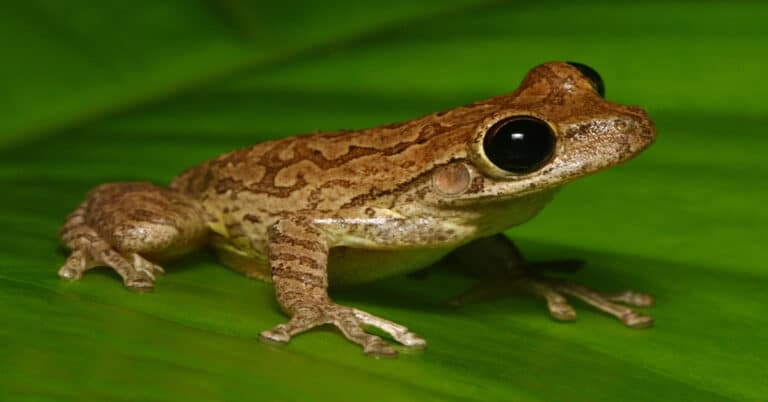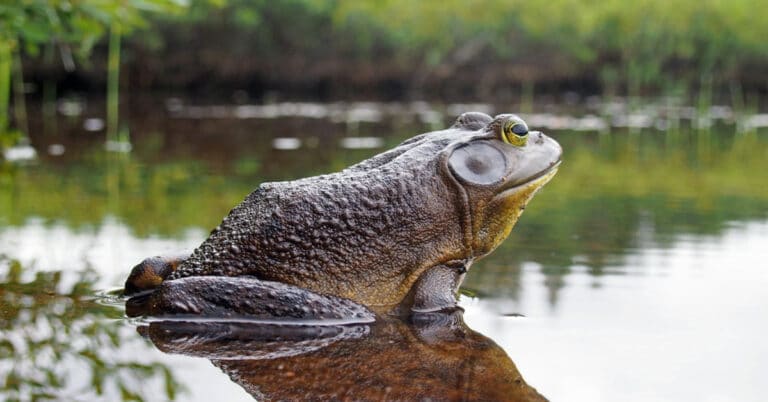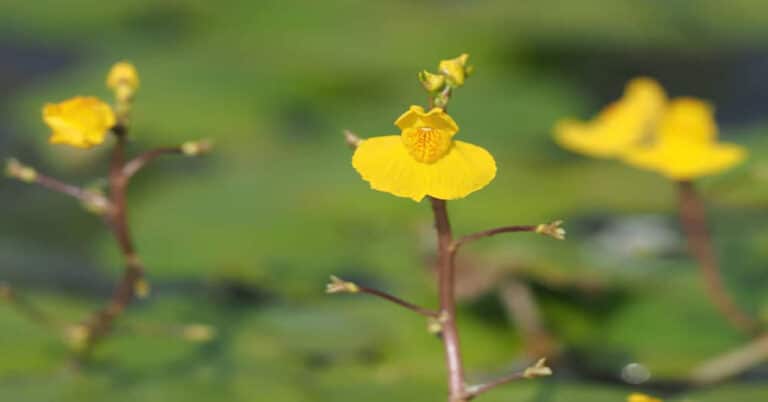What Do Frogs Eat and What Eats Frogs?
A lot of people have no idea that frogs are not only the prey of many larger animals but also what frogs eat exactly. Have you ever had a pet frog? If not, you are probably not familiar with the fact that frogs actually do eat other live prey and are definitely not vegetarians by…

